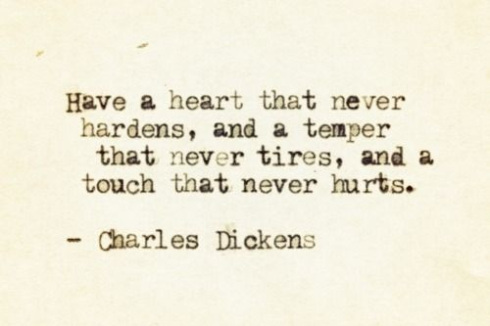Our Hearts are Like Opening Christmas Gifts
Some people just love Christmas season. I can’t say I am one of those. They love the sense of anticipation, time with family, hunting for the perfect gift for someone, cookie baking, decorating, and all the other rich family traditions that surround it. However, it isn’t that way for everyone. As every adult knows,…





